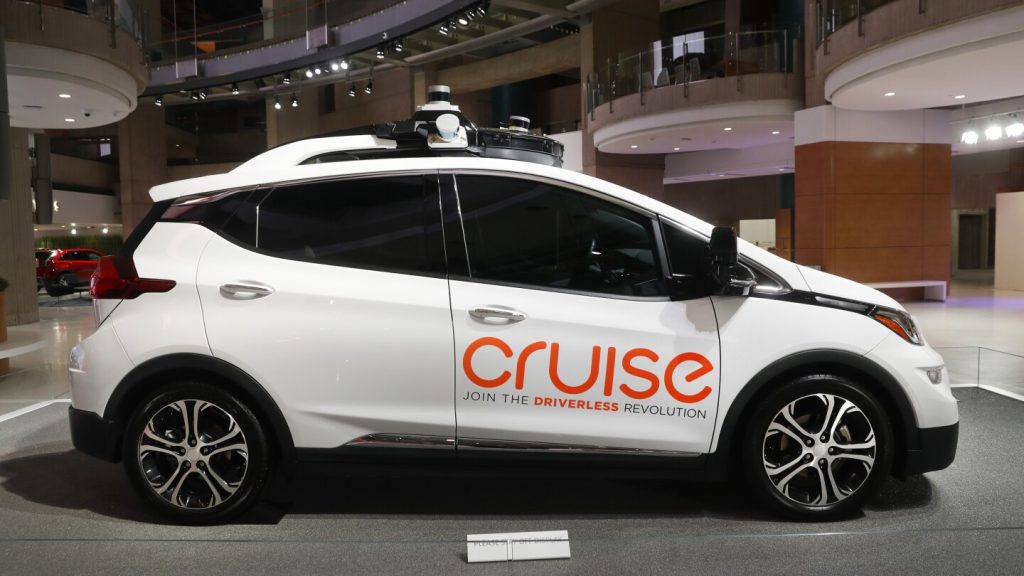After the gruesome collision in October that critically injured a pedestrian and derailed General Motors’ self-driving car ambitions, the company’s Cruise subsidiary is planning to restart manual driving operations to gather road information in select cities. Cruise announced that it will be using human-driven vehicles to create maps and collect data in Phoenix, where it has a large workforce. This data will include information such as speed limits, stop signs, traffic lights, lane paint, and right turn only lanes. The purpose of this data collection is to inform the company on where it can resume driverless operations in the future.
The incident in October, involving a robotaxi operated by GM’s Cruise subsidiary, led to the suspension of Cruise’s license to operate its driverless fleet in California. This also resulted in a shakeup in the company’s leadership, layoffs, and a reduction in its self-driving technology ambitions. The omission of key details about the incident by Cruise raised allegations of a coverup, which could have resulted in a fine of $1.5 million. However, Cruise eventually agreed to pay $112,500. Despite these setbacks, GM continues to cooperate with authorities as the investigation into the collision continues.
In the aftermath of the collision, the Justice Department launched an inquiry into General Motors, further complicating the company’s efforts to resume driverless operations. The investigation came after a pedestrian was dragged by a Cruise robotaxi in San Francisco after being struck by another vehicle driven by a human. This incident highlighted the challenges and risks associated with self-driving technology and raised concerns about safety and regulation in the industry. The Justice Department’s involvement adds another layer of scrutiny to GM and Cruise’s efforts to regain trust and credibility in the autonomous vehicle market.
The resumption of manual driving operations in select cities is a strategic move by Cruise to gather crucial road information and create accurate maps that will help in the development and deployment of future driverless operations. By focusing on data collection and mapping, Cruise aims to enhance the safety and reliability of its autonomous vehicle technology. The company’s decision to restart these operations indicates its commitment to improving and advancing its self-driving capabilities despite the setbacks and challenges it has faced in the past.
Despite the setbacks and challenges faced by Cruise and General Motors, the companies remain determined to move forward with their self-driving technology initiatives. By cooperating with authorities and making strategic decisions to restart manual driving operations for data collection, Cruise is taking proactive steps to resume driverless operations in the future. The integration of human-driven vehicles to gather road information demonstrates Cruise’s commitment to safety and innovation in the development of autonomous vehicle technology. As the investigation into the collision continues, GM and Cruise are focused on regaining trust and credibility in the autonomous vehicle industry.
The autonomous vehicle market is a rapidly evolving and competitive industry, with companies like Cruise and General Motors vying for leadership and innovation in self-driving technology. The challenges and setbacks faced by Cruise in the aftermath of the collision have underscored the importance of safety, transparency, and accountability in the development and deployment of autonomous vehicles. By navigating these challenges and making strategic decisions to gather road information and create accurate maps, Cruise is positioning itself for future success in the autonomous vehicle market. As GM and Cruise work towards resuming driverless operations, their focus on safety, compliance with regulations, and technological advancement will be crucial in shaping the future of self-driving technology.


